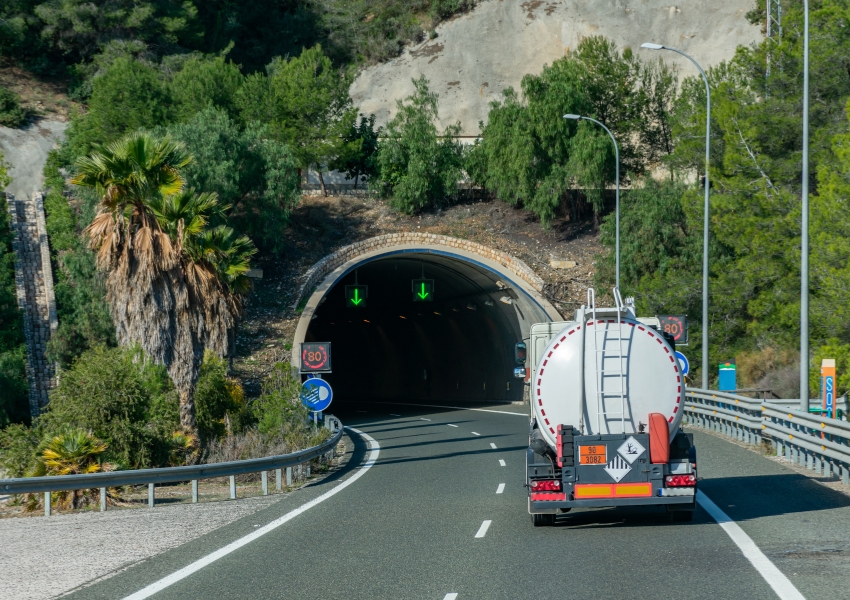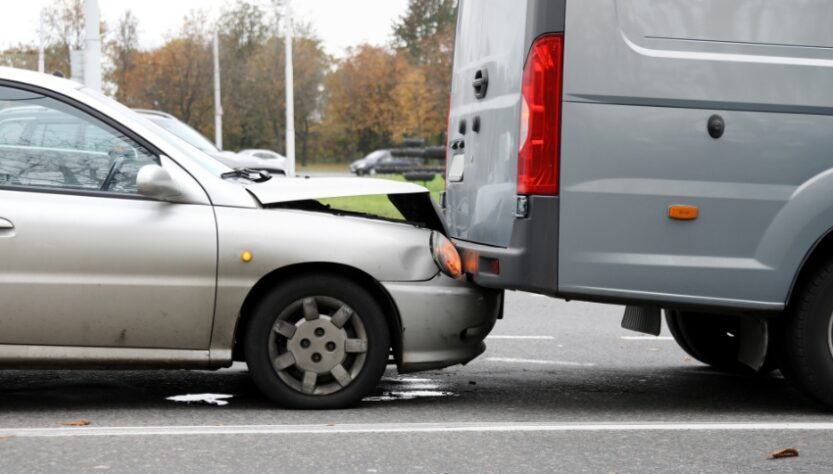Given millions of trucks and cars on our highways every day, vehicle safety is absolutely critical. Still, many deadly automobiles find their way on the road thanks to financial restraints, ignorance, or negligence. Not only do these vehicles endanger their occupants, but they also seriously compromise other drivers. This blog will walk you through the process of spotting dangerous vehicles, the actions you can take to have them off the road, and how you might help to provide everyone safer driving conditions.
Why Dangerous Vehicles Cause Issues?
Unsafe vehicles—cars or trucks—are a hazard on the road. Typical problems are defective lights, worn-out tires, malfunctioning brakes, and bad steering systems. These flaws might cause terrible mishaps with injuries or death. Given their weight and size, trucks increase the risks. In a collision, a faulty vehicle might do terrible damage compromising several lives.
Many vehicles avoid safety inspections and carry on running under dangerous conditions in spite of strict rules. There might be anything from poor upkeep to financial constraints to simple carelessness driving behind this. For whatever the source, these vehicles must be found and corrected before they do damage.

How to Determine Dangerous Vehicles?
Finding possibly risky automobiles on the road starts with observation. These are some indicators to be on alert:
- If you see a car or truck spewing too much smoke, engine issues or malfunctioning emissions control systems may be indicated. Apart from their negative impact on the surroundings, such vehicles run the danger of technical breakdown.
- Strange noises—such as grinding, squealing, or knocking—may point to major problems including engine trouble, worn-out components, or brake failure.
- Clear indicators of a vehicle’s having an accident or improper maintenance are visible damage from broken lights, missing parts, or denting. These automobiles are more likely to have undetectable structural deterioration that can cause injury.
- Steering or braking problems could be the cause of a car you find swerving, straining to stop, or acting erringly. Such issues should be given quick attention to stop mishaps.
- Tires are the only touch a vehicle makes with the road, hence a major safety risk arises from worn-out or damaged tires. You should be concerned if you come across a vehicle having bald or damaged tires.
Procedures to Follow Upon Identification of a Dangerous Vehicle
- Tell Authorities About It
Should you come across an apparently dangerous car, your first response should be to notify the pertinent authorities. Most states offer a specific hotline or online portal where you may document dangerous automobiles. Share the particular problems you have seen as well as the make, model, color, and license plate number of the car, as much detail as you can.
- See the Vehicle Owner.
Approach the owner of the vehicle if you feel safe doing so and want to voice your worries. They might not be aware of the problem, hence a kind reminder could help them to follow the required actions to get their car corrected.
- Promote Frequent Maintenance
Stopping unsafe automobiles from being on the road mostly depends on education. Urge colleagues, friends, and relatives to keep their cars in good running order. Share knowledge on the need of regular visits and the dangers of skipping them.
- Help Local Safety Projects
Many towns offer free inspection programs or instructional seminars meant to increase car safety. Help these projects by offering your time or by word-of-mouth promotion.
- Support tighter rules.
Get active in support of more stringent automobile safety laws. Support laws requiring routine safety inspections of every vehicle and harsher fines for non-compliance.
Support Businesses and Truck Drivers
Regarding trucks especially, the problem of dangerous vehicles is much more urgent. These spacecraft’ enormous weight and size make any malfunction quite likely to have fatal results. You may assist by:
- Advance Responsible Driving Techniques
If you know truck drivers or work in the trucking sector, inspire them to follow safe driving guidelines and notify any vehicle problems right away. Remind them that the state of their truck determines their own as well as the safety of others.
- Promote Planned Inspections
Although law mandates that trucking firms keep their fleet, occasionally maintenance is sacrificed in favor of fulfilling deadlines. Promote consistent inspections and following safety rules.
- Record Unsafe Trucks
Report any dangerous trucks you come across on the road, much as with smaller vehicles. For this reason, the Federal Motor Carrier Safety Administration (FMCSA) and the Department of Transportation (DOT) have hotlines and online reporting systems.
- Backend Trucking Safety Initiatives
Numerous companies provide safety courses and training especially for truck drivers. Donate, volunteer, or just help these initiatives by sharing the word-of-mouth.
In summary
Vehicle safety is everyone’s duty. Though it may seem overwhelming, there are various ways you might help to make our roadways safer. Every action counts—from supporting local safety projects to reporting risky vehicles to pushing for tougher rules. We can contribute to lower the dangerous vehicle and truck count on our roadways by being alert and motivating others to follow suit. Recall that the group effort to keep unsafe automobiles off the road determines our loved ones’ and our own safety. Your participation might really make a difference.
Participating in community and regulatory projects and acting early will assist to guarantee that every car on the road is fit for travel, safe, and secure. Working together, we can make everyone’s road travel safer.
